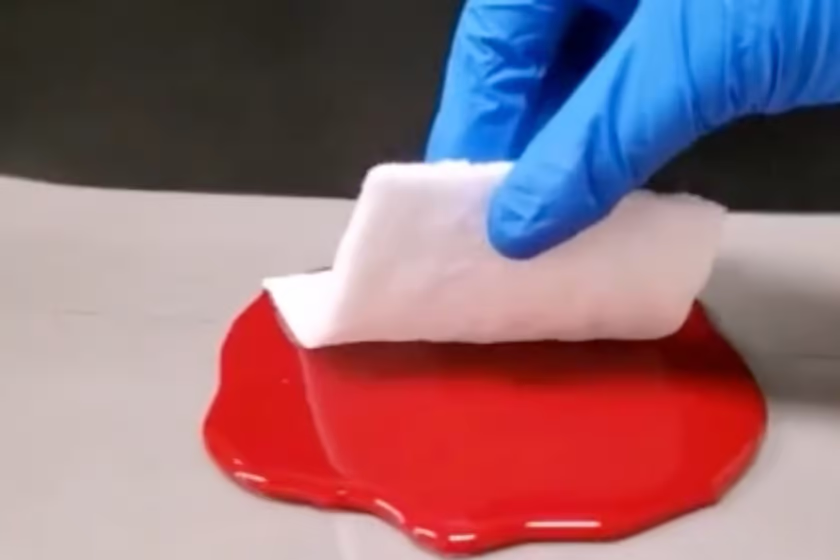Many of the technologies that will form the foundation of the Internet of Things (IoT) have been around for decades and the IoT is just a reconceptualization of devices and networks that have already delivered major efficiencies in healthcare, retail, and manufacturing. As has been well documented, the total number of IoT connections will rise from just under 20 billion today to 50 billion by 2020 with the market expanding from $2 trillion today to $7 trillion according to Cisco.
The coming IoT, though, is different because with smart cars, efficient buildings, smart cities, and managed auto and air traffic, life will continue to become more comfortable and efficient while saving trillions of dollars worldwide.
Widespread Availability of the Nuts and Bolts of the IoT
We have been hearing about and experiencing efficient light bulbs, temperature, lighting and environmental control, an expanding world of robotics, the widespread adoption of automation in factories, smart supply chains in transportation and delivery, computerized stock management, remote maintenance of machines and unmanned monitoring stations such as tollbooths. This is just the beginning.
New Technologies Are Further Enabling the IoT
It is only over the past 10 years that GPS and geolocation-based systems are allowing humans to understand their environments much better.
What’s coming for the IoT are more cameras, sensors and data sources, and the analysis of huge amounts of data with ever stronger computing power to anticipate and make predictions and even proactively determine probabilities using historical data and trend analysis.
Following is a list of systems that will be improved by the IoT:
- Smart Cities – Traffic management, waste management, the structural health of buildings and civil infrastructure, noise reduction via urban maps, and intelligent transport systems.
- Smart Environments – Early detection of earthquakes, weather, environmental health monitoring of forests, air-quality and pollution monitoring.
- Smart Water – Improvement of water quality, leakage detection and prevention, reservoir level monitoring and management, flooding detection and prevention.
The major roadblock standing in the way of the smooth rollout of the IoT is the security of the hardware and software.
For more on the IoT see Alasdair Gilchrist’s “A Concise Guide to the Internet of Things for Executives“.
The following video is from the most recent Smart City Expo World, which was attended by 92 countries, 275 exhibitors, 380 speakers, 440 cities and 11,000 attendees.






